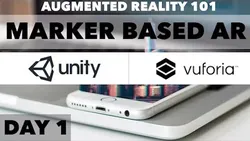
Complete Augmented Reality (AR) Course with Unity and Vuforia (Complete AR tutorial for Unity) 
This course provides an introduction to Augmented Reality (AR) using Unity and Vuforia. It covers marker-based AR, user-defined target AR (with and without coding), and AR 101. It is designed to help users understand the fundamentals of AR and how to create their own AR projects. ▼
ADVERTISEMENT
Course Feature
![]() Cost:
Cost:
Free
![]() Provider:
Provider:
Youtube
![]() Certificate:
Certificate:
Paid Certification
![]() Language:
Language:
English
![]() Start Date:
Start Date:
On-Demand
Course Overview
❗The content presented here is sourced directly from Youtube platform. For comprehensive course details, including enrollment information, simply click on the 'Go to class' link on our website.
Updated in [February 21st, 2023]
Day1: Augmented Reality (AR) Tutorial - Marker based AR with Vuforia And Unity.
Day 2: Augmented Reality (AR) Tutorial - User Defined Target (No Coding Version).
Day 3: Augemted Reality (AR) 101 - User Defined Target (With Coding) with unity and vuforia.
Day 4: Creating Vumark with Illustrator and Vuforia Scripts (No Coding).
Day 5: Augmented Reality Tutorial: Showing Avengers on your table top using Vumark. (With Code).
Day 6: Multiple Image Targets and Vumarks with Vuforia and Unity(With Coding).
Day 7: Augmented Reality (AR) Tutorial: Marker-less AR with Vuforia and Unity (NO CODING).
Day 8: Augmented Reality (AR) Tutorial: Adding Shadow to your AR Scene to make it more realistic.
Day 9: Starting 3d Object tracking with vuforia and Unity( (No CODING).
Day 9: 3D Object Tracking with Vuforia and Unity (Adding Occlusion).
Day 10: Working with Multitarget (Cuboid Target) AR with unity and vuforia.
Day 11: Augmented Reality (AR) Tutorial: Virtual Button with Unity and Vuforia.
(Please note that we obtained the following content based on information that users may want to know, such as skills, applicable scenarios, future development, etc., combined with AI tools, and have been manually reviewed)
This course provides a comprehensive introduction to Augmented Reality (AR) development with Unity and Vuforia. It covers topics such as marker-based AR, user-defined target, Vumark, multiple image targets, marker-less AR, 3D object tracking, and virtual button. Learners will gain the knowledge and skills to create interactive and immersive AR experiences.
Possible Development Paths in career or education for learners
By completing this course, learners will have the skills to develop AR applications for a variety of industries, such as gaming, education, healthcare, and retail. They can pursue a career in AR development, or use their skills to create their own AR projects. Learners can also pursue further education in AR development, such as a degree in computer science or a related field.
Learners should consider taking courses in 3D modeling and animation, as well as programming languages such as C# and JavaScript. They should also explore other AR development platforms, such as ARKit and ARCore, to gain a better understanding of the different technologies available. Additionally, learners should look into the latest trends in AR development, such as AI and machine learning, to stay up to date with the industry.
[Applications]
Those who have completed the Augmented Reality (AR) Course with Unity and Vuforia have the knowledge and skills to apply the concepts learned in the course to create their own AR projects. Suggested applications include creating marker-based AR experiences, user-defined targets, Vumarks, 3D object tracking, and virtual buttons. Additionally, the course provides the skills to add shadows and occlusion to AR scenes to make them more realistic.
[Career Paths]
1. Augmented Reality Developer: Augmented Reality Developers are responsible for creating and developing augmented reality applications and experiences. They use a variety of tools and technologies, such as Unity, Vuforia, and 3D modeling software, to create immersive and interactive experiences. As the technology continues to evolve, the demand for experienced AR developers is expected to grow significantly.
2. Augmented Reality Designer: Augmented Reality Designers are responsible for creating the look and feel of augmented reality experiences. They use a variety of tools and technologies, such as 3D modeling software, to create immersive and interactive experiences. As the technology continues to evolve, the demand for experienced AR designers is expected to grow significantly.
3. Augmented Reality Programmer: Augmented Reality Programmers are responsible for coding and programming augmented reality applications and experiences. They use a variety of tools and technologies, such as Unity, Vuforia, and 3D modeling software, to create immersive and interactive experiences. As the technology continues to evolve, the demand for experienced AR programmers is expected to grow significantly.
4. Augmented Reality Artist: Augmented Reality Artists are responsible for creating the visuals and animations for augmented reality experiences. They use a variety of tools and technologies, such as 3D modeling software, to create immersive and interactive experiences. As the technology continues to evolve, the demand for experienced AR artists is expected to grow significantly.
Course Provider

Provider Youtube's Stats at AZClass
Discussion and Reviews
0.0 (Based on 0 reviews)
Explore Similar Online Courses

How to Create a Successful Website Design & SEO Business for 2022
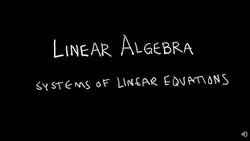
Linear Algebra (Entire Course)

Python for Informatics: Exploring Information

Social Network Analysis

Introduction to Systematic Review and Meta-Analysis

The Analytics Edge

DCO042 - Python For Informatics

Causal Diagrams: Draw Your Assumptions Before Your Conclusions

Whole genome sequencing of bacterial genomes - tools and applications
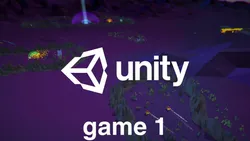
Learn Unity 3D and C# By Making a Full Game (2023)
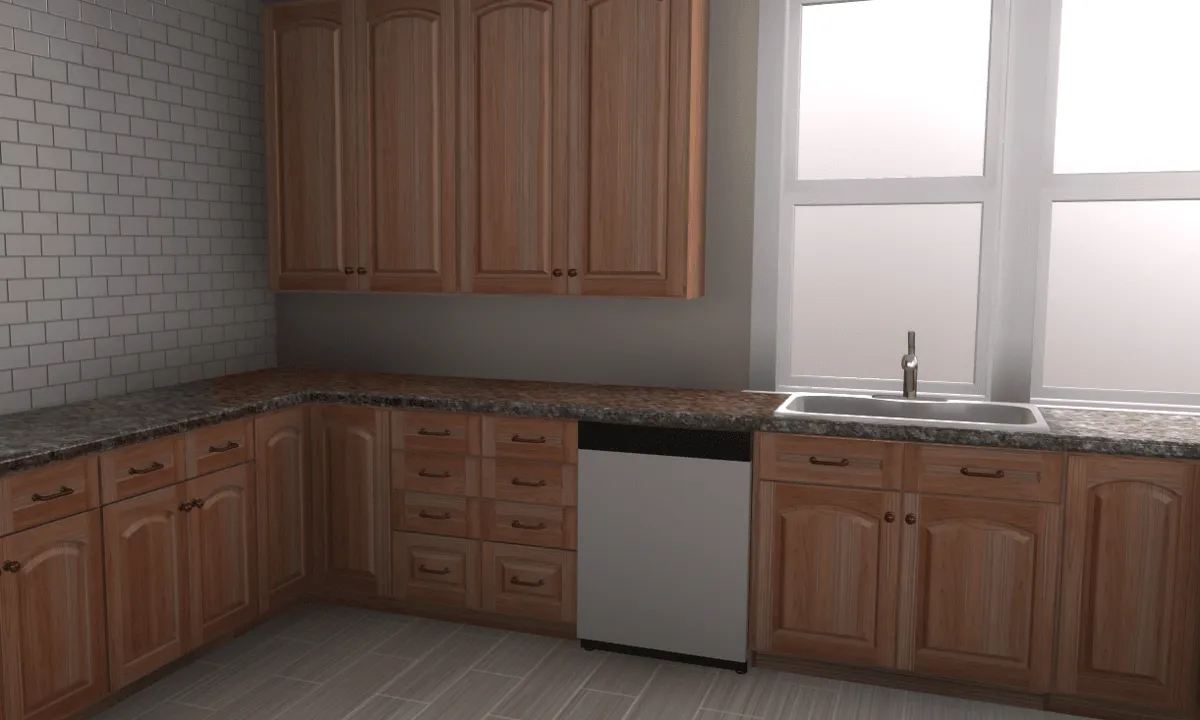
Asset Creation and Management
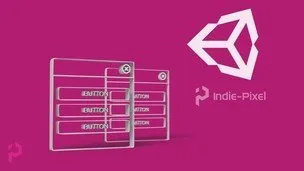

Start your review of Complete Augmented Reality (AR) Course with Unity and Vuforia (Complete AR tutorial for Unity)